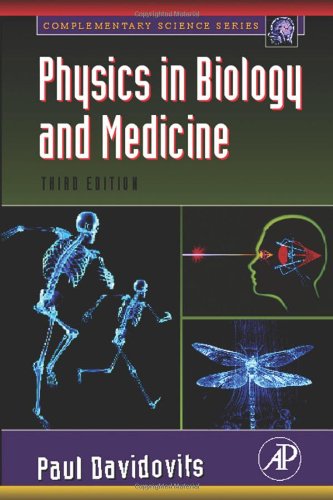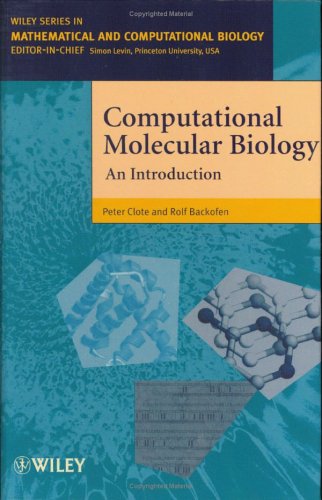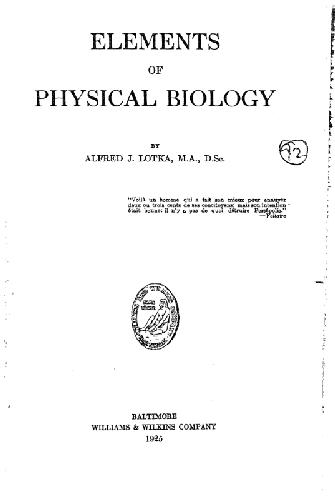Sally E. Smith, David J. Read0123705266, 978-0-12-370526-6
Table of contents :
Front cover……Page 1
Mycorrhizal symbiosis……Page 4
Copyright page……Page 5
Contents……Page 6
Preface……Page 8
Introduction……Page 12
Section 1 Arbuscular mycorrhizas……Page 22
Introduction……Page 24
Arbuscular mycorrhizal fungi……Page 26
The range of plants forming arbuscular mycorrhizas……Page 37
Non-mycorrhizal plants……Page 41
Fossil history of arbuscular mycorrhizas……Page 43
Fungus–plant specificity……Page 45
Ecological considerations……Page 49
Conclusions……Page 51
Sources of inoculum–overview……Page 53
Morphology and anatomy of arbuscular mycorrhizas……Page 66
Conclusions……Page 100
Introduction……Page 102
Key steps in colonization……Page 106
Cytological changes during root colonization……Page 107
Genetic approaches to understanding AM colonization – interactions of AM fungi with non-hosts and mutants……Page 111
Changes in gene transcription during AM colonization……Page 120
Effects of AM colonization on plant defence responses……Page 123
Conclusions……Page 126
Introduction……Page 128
Effects of AM colonization on plant nutrition and growth – overview……Page 129
C transfer to the fungal partner……Page 133
Cost-benefit analysis……Page 143
Variations in AM responsiveness of plants……Page 145
AM mycelial links between plants: importance in carbon allocation in a plant community……Page 152
Conclusions……Page 154
Introduction……Page 156
Phosphorus availability in soil……Page 158
Effects of arbuscular mycorrhizal colonization on plant phosphorus nutrition……Page 159
Nitrogen nutrition……Page 182
Uptake of other nutrients……Page 186
Interplant transfer of nutrients……Page 192
Water relations……Page 193
Conclusions……Page 197
Section 2 Ectomycorrhizas……Page 200
Introduction……Page 202
Taxonomic, evolutionary and geographic aspects of the ectomycorrhizal symbiosis……Page 203
Specificity in ectomycorrhizal symbioses……Page 220
Genetics of ectomycorrhizal fungi……Page 222
The formation of ectomycorrhizas……Page 227
Molecular approaches to the study of ectomycorrhizal communities……Page 273
Succession and replacement of fungi on roots and root systems……Page 277
Conclusions……Page 278
Introduction……Page 280
Ectendomycorrhizas……Page 281
Ectendomycorrhizal fungi……Page 285
The occurrence, taxonomic status and function of dark septate (DS) fungi……Page 286
Arbutoid mycorrhizas……Page 290
Conclusions……Page 304
Introduction……Page 306
Carbon supplies for ectomycorrhizal fungi……Page 311
Carbon distribution in intact plant–fungus systems……Page 319
Non-nutritional effects upon carbon assimilation……Page 324
Community level patterns of carbon allocation……Page 327
Conclusions……Page 330
Introduction……Page 332
Use of N by ectomycorrhizal fungi in pure culture……Page 333
Use of N by mycorrhizal roots and intact plants……Page 343
Conclusions……Page 357
Introduction……Page 360
Uptake of P by excised ECM and non-mycorrhizal roots……Page 361
Phosphate absorption in intact plants……Page 370
Sources and mobilization of P in soil……Page 375
Mobilization, uptake and translocation of potassium……Page 379
Release, uptake and transport of magnesium……Page 382
Mobilization, uptake and transport of calcium……Page 385
Effects of ectomycorrhizal colonization on resistance to metal ion toxicity……Page 386
Effects of ECM colonization on plant water relations……Page 389
Conclusions……Page 395
Section 3 Ericoid, orchid and mycoheterotrophic mycorrhizas……Page 398
Introduction……Page 400
The colonization process……Page 404
Penetration of the plant wall……Page 406
Features of intracellular colonization……Page 407
The fungi forming ericoid mycorrhizas……Page 410
Functional aspects of ericoid mycorrhizas……Page 416
Conclusions……Page 428
Introduction……Page 430
The fungi forming mycorrhizas in green orchids……Page 433
Nutritional characteristics of the fungi……Page 444
Mycorrhizal colonization of protocorms……Page 446
Mycorrhizas in adult orchids……Page 454
Transfer of nutrients between symbionts……Page 457
Mechanisms of transfer……Page 462
Host–fungus interactions in the protocorm – mycorrhizal or not?……Page 463
Conclusions……Page 467
Introduction……Page 469
Fungal associations and specificity in monotropoid mycorrhizas……Page 473
The structure of monotropoid mycorrhizas……Page 481
Fungal associations and specificity in mycoheterotrophic orchids……Page 488
Structural aspects of mycorrhiza in mycoheterotrophic orchids……Page 495
Mycoheterotrophic plants with arbuscular mycorrhizas……Page 497
Functions of mycoheterotrophic mycorrhizas……Page 505
Conclusions……Page 514
Introduction……Page 518
Fungal symbioses in liverworts……Page 519
The structures of liverwort–fungus symbioses……Page 522
Conclusions……Page 531
Section 4 Functioning of mycorrhizas in broader contexts……Page 534
Introduction……Page 536
The roles of mycorrhizal colonization in primary succession……Page 537
The role of mycorrhiza in secondary successions……Page 544
Mycorrhizas in Arctic, Antarctic and alpine biomes……Page 546
Mycorrhizas in heathland……Page 552
Mycorrhizas in boreal and temperate forest biomes……Page 557
Mycorrhizas in tropical and subtropical biomes……Page 574
Conclusions……Page 582
Introduction……Page 584
Roles of mycorrhizas in mediating effects at the level of single plant species……Page 585
Multitrophic interactions……Page 609
AM hyphae and soil structure……Page 618
Conclusions……Page 620
Arbuscular mycorrhizas in agriculture and horticulture……Page 622
Ectomycorrhizas and forest production……Page 636
Edible mycorrhizal fungi……Page 643
Conclusions……Page 646
References……Page 648
A……Page 780
B……Page 781
C……Page 782
E……Page 784
F……Page 786
G……Page 787
I……Page 788
M……Page 789
N……Page 791
O……Page 792
P……Page 793
R……Page 795
S……Page 796
T……Page 797
Z……Page 798
Colour plates……Page 800







Reviews
There are no reviews yet.